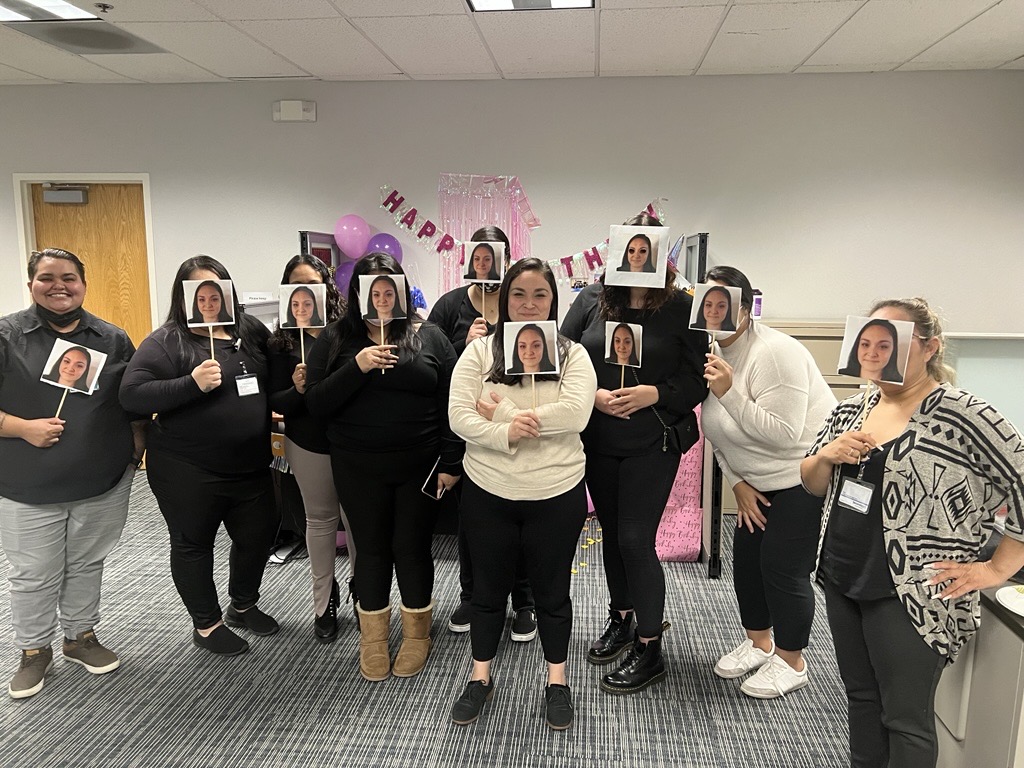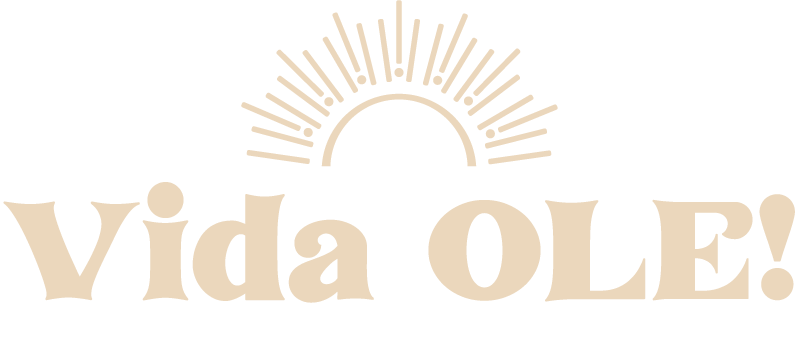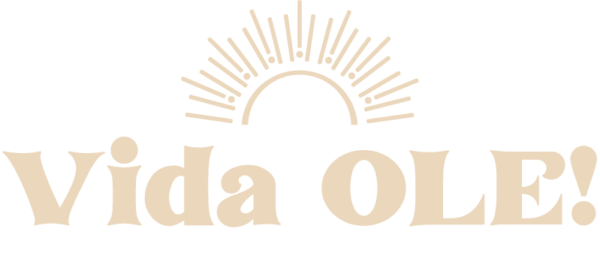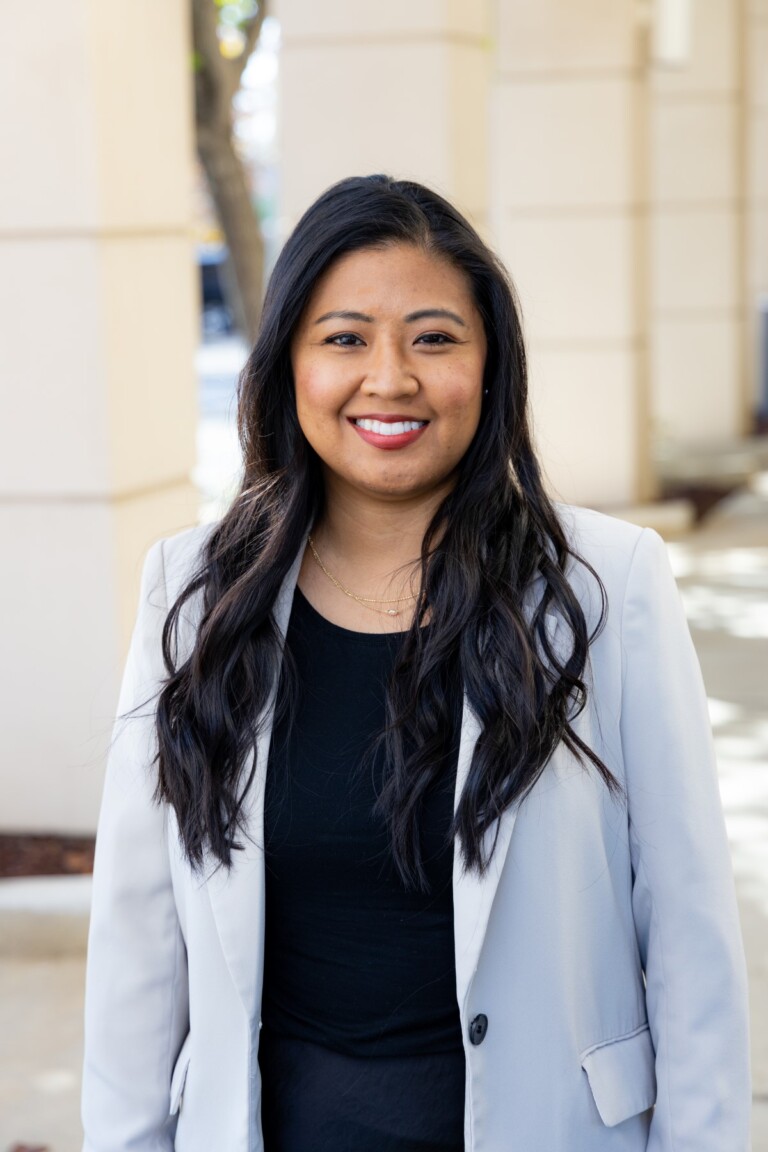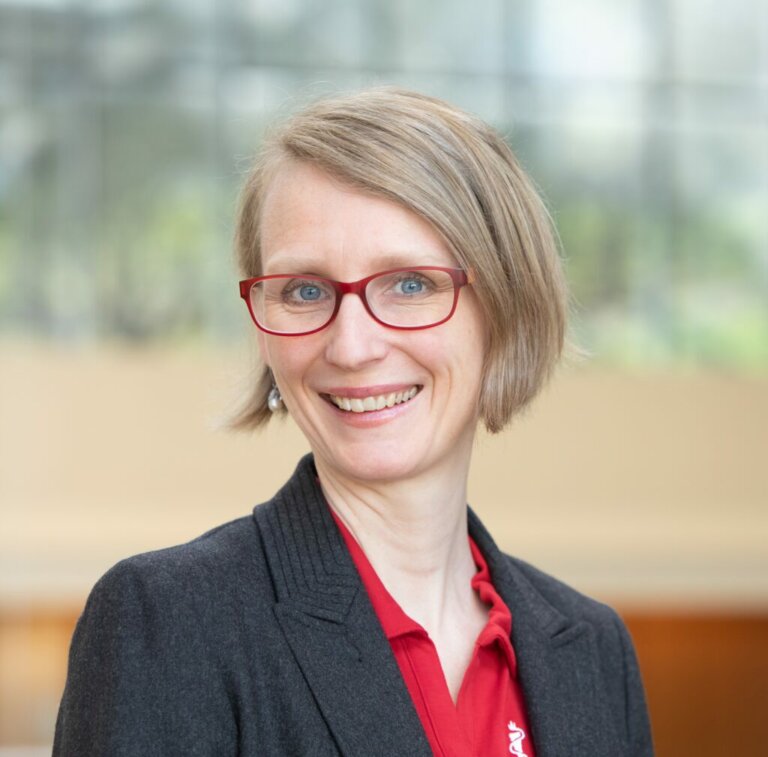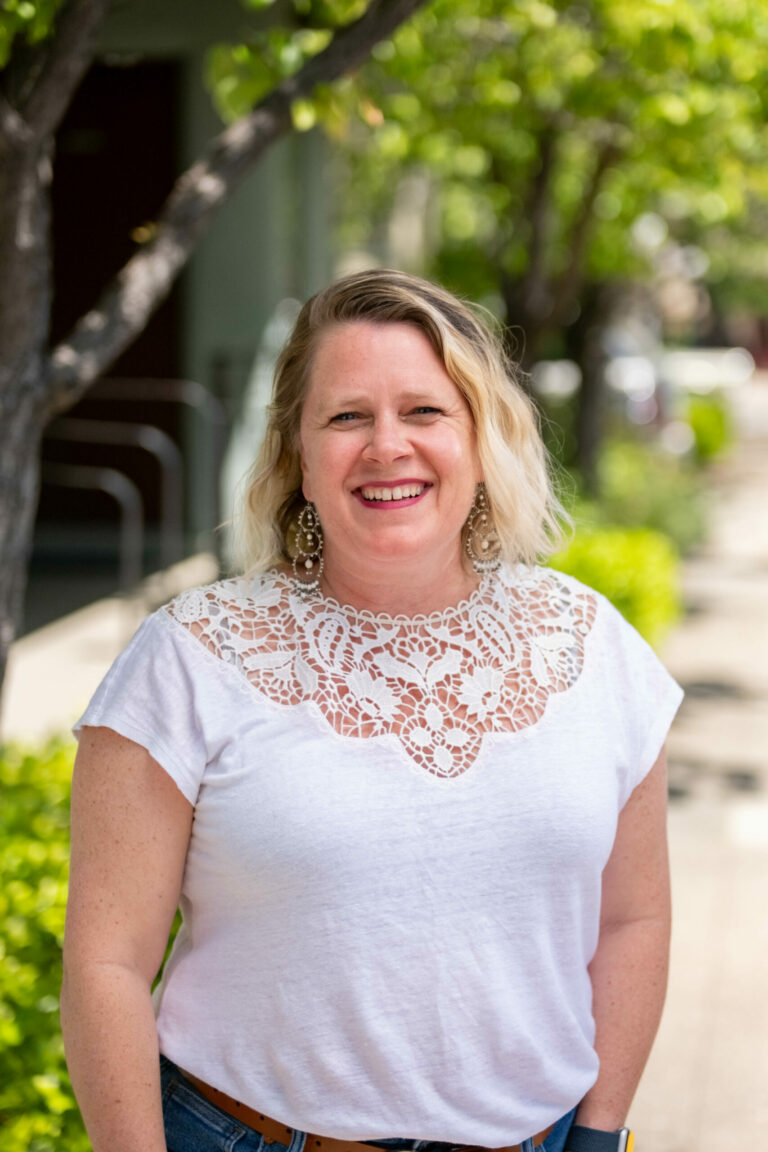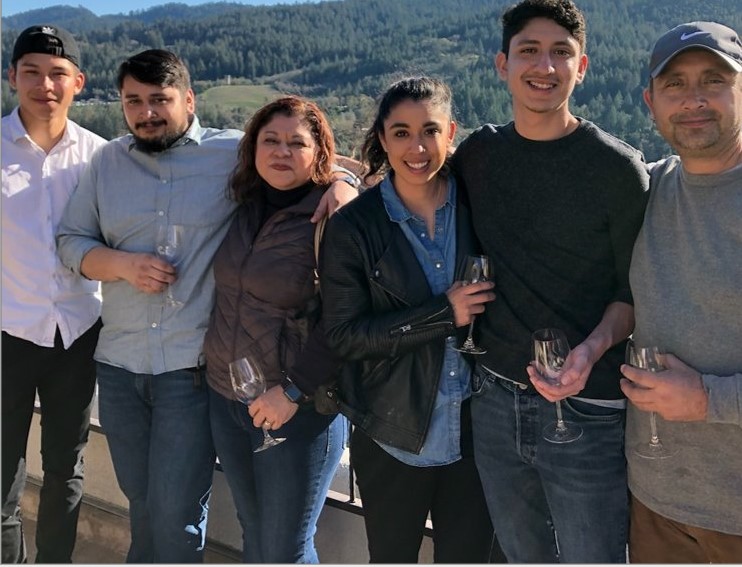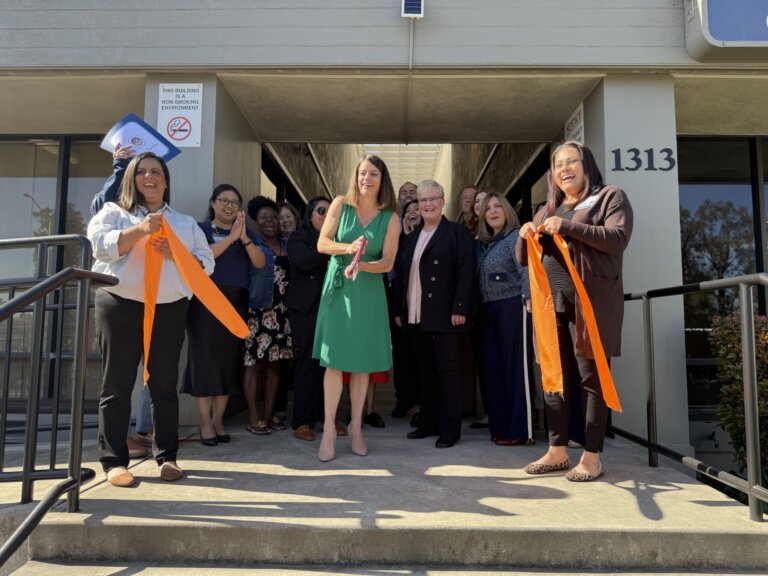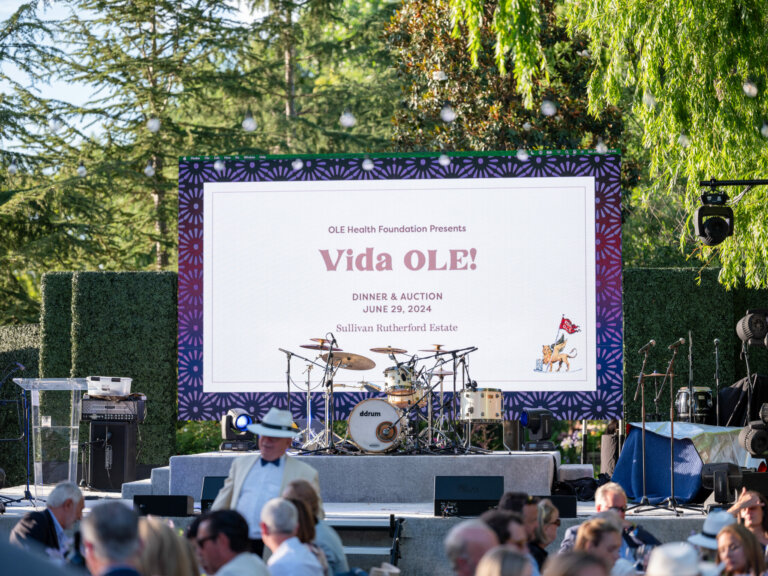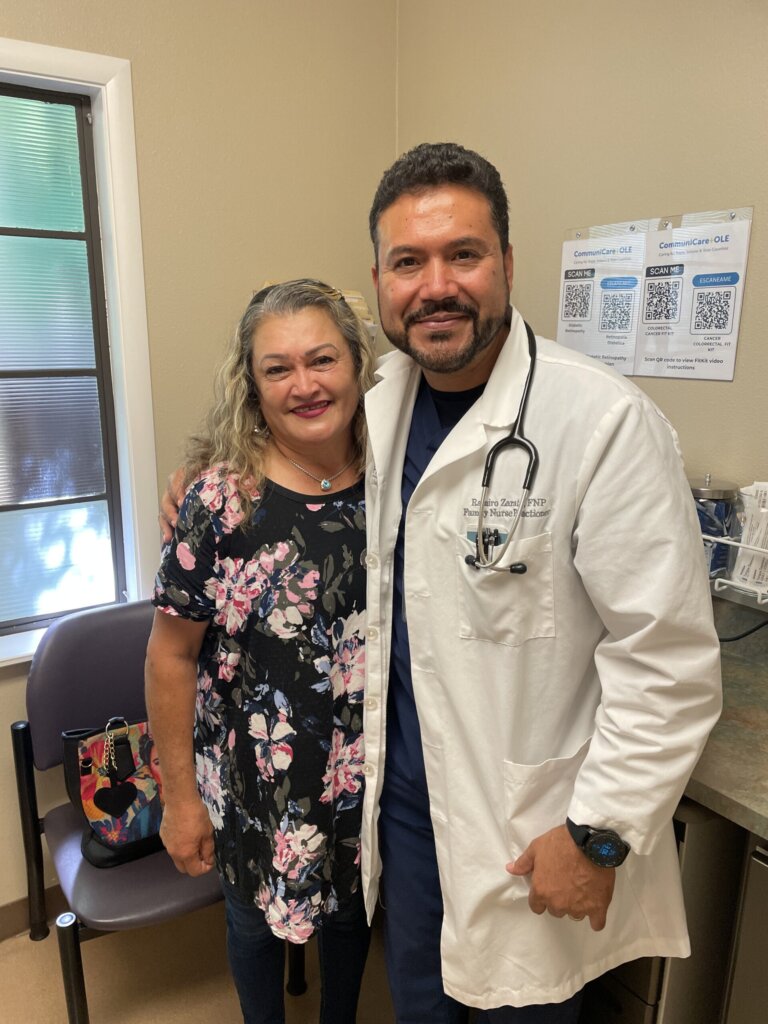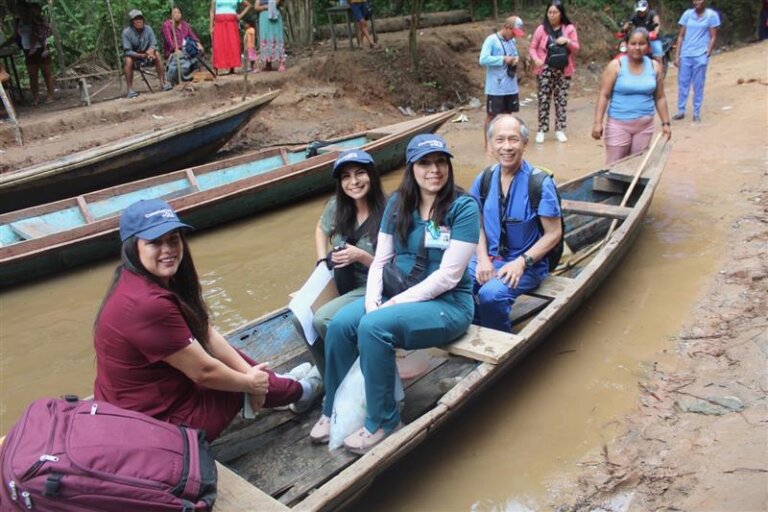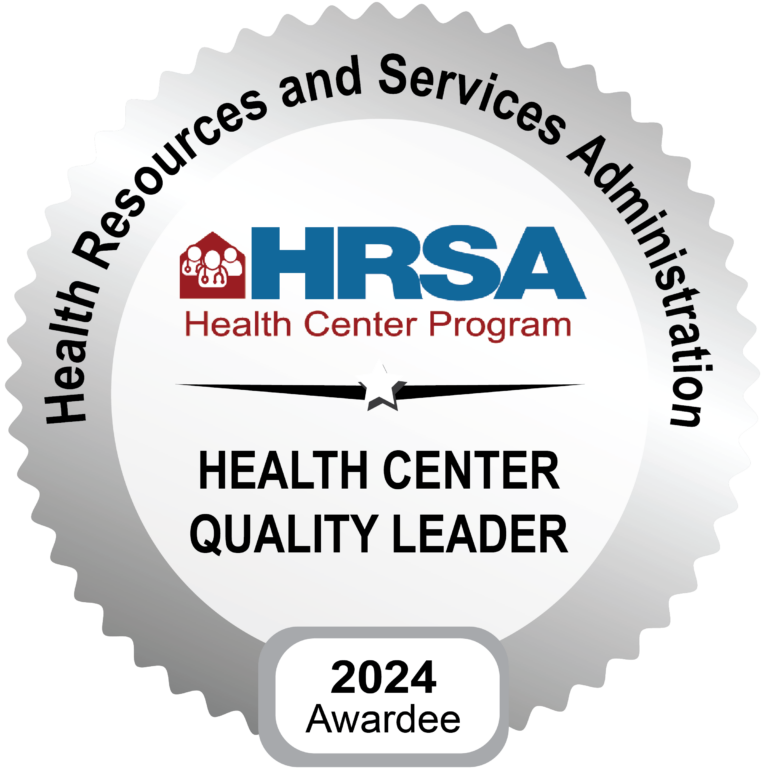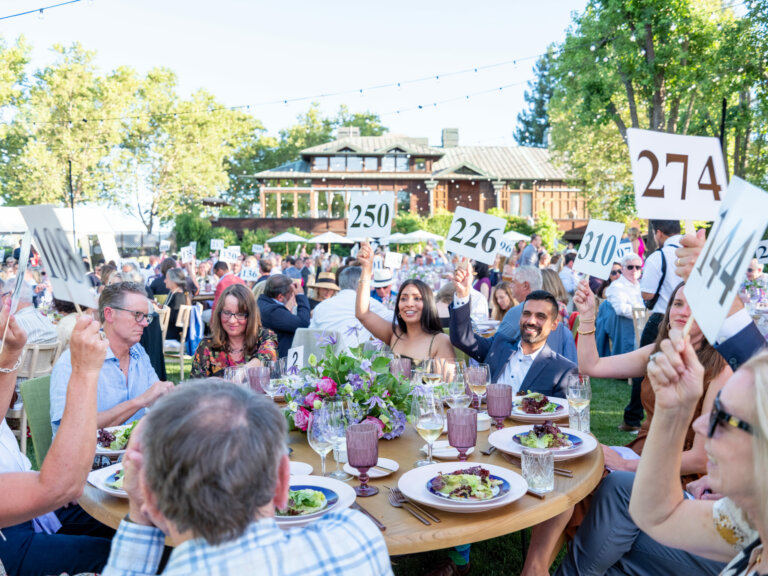Napa/Solano Call Center Manager Yecenia Mendoza is a first-generation American who grew up having to help translate for her parents, including sometimes complicated notices with unfamiliar language. But despite her mastery of two languages at home, she struggled in school with reading and writing. It got so bad she contemplated dropping out of school. Instead of giving up, she found a drive she didn’t know she had. She went on to be the first person in her family to finish high school – and even continued her by completing college.
She has applied that same hustle and can-do attitude to her work at CommuniCare+OLE, which was recognized recently with a nomination as Customer Service Person of the Year by the Napa Chamber of Commerce. We spoke with Yecenia to learn a little more about her role, the incredible strides she has made with the call center, and what she hopes folks can learn about her team.
How did you come to be in your current role?
I was first hired at CommuniCare+OLE in February 2019 as a full-time entry level call center representative. My manager recognized my strengths and potential, and I was promoted within a year. In September 2020, referral coordination was restructured, which led to the creation of the care coordination team. The hiring manager took notice of my work and encouraged me to apply. I wanted to learn more about patient experience in public health, so I applied and was promoted to care coordinator. I’m grateful for this role because it gave me the opportunity to develop a deeper understanding of social determinants of health, navigate the healthcare system, and work with Dr. Jen’s [Wilson] panel of patients who receive services at the shelter. Although I loved my role as a care coordinator, I missed call center operations. There was an opening for a patient access supervisor, and I got the role. Less than two years later, I was promoted to call center manager, which is my current role where I oversee all staff and operations for Napa and Solano.
What changes have you made to the call center during your time here?
When the pandemic began, the quarantine forced the initiation of telehealth for CCOLE. I was part of a small team that needed to develop workflows to send and receive images to allow for more telehealth visits. We created the call center workflow and quickly trained the team of representatives. This helped providers obtain images to provide better care during quarantine, and it helped increase billable visits since we had a method to collect insurance and proof of income.
This was the first time I got a taste of leveraging technology to improve operational systems. In April 2021, a year into the pandemic, I returned to the call center as a supervisor where I realized we had some work to do. The staff was newer, the phone system was outdated, and the department lacked structure.
The call center received approval to hire more representatives, increasing the 12-member team to 22 representatives in the spring/summer of 2021. Under our previous call center manager, we were also implementing a new phone system in the fall. This meant creating a training program that focused on quality customer service, which, in turn, improved our wait times, abandoned rate (the number of people who hang up before being helped), and patient experience, as well as the creation of a monthly representative report that included agent productivity and auditing tools to ensure that quality was maintained.
Our call center for Napa/Solano went from having an average abandoned rate of 25.15% and wait time of 9 minutes in 2021 to now having abandoned rates under 10% and an average wait time of 2 minutes. To help us continue to improve, my team now has two leads who coach the representatives on creating and sustaining good customer experience practices.
What is one thing you wish people knew about the call center?
We have limited access and resources, and my team does their best to be helpful and find solutions. We care about their experience, and we want to help.
I also want people to remember that we’re human, and we have feelings. I’ve had peers and staff get emotional after negative interactions with callers because of the tone in their communication.
We’re not their enemy. We’re their advocate.

